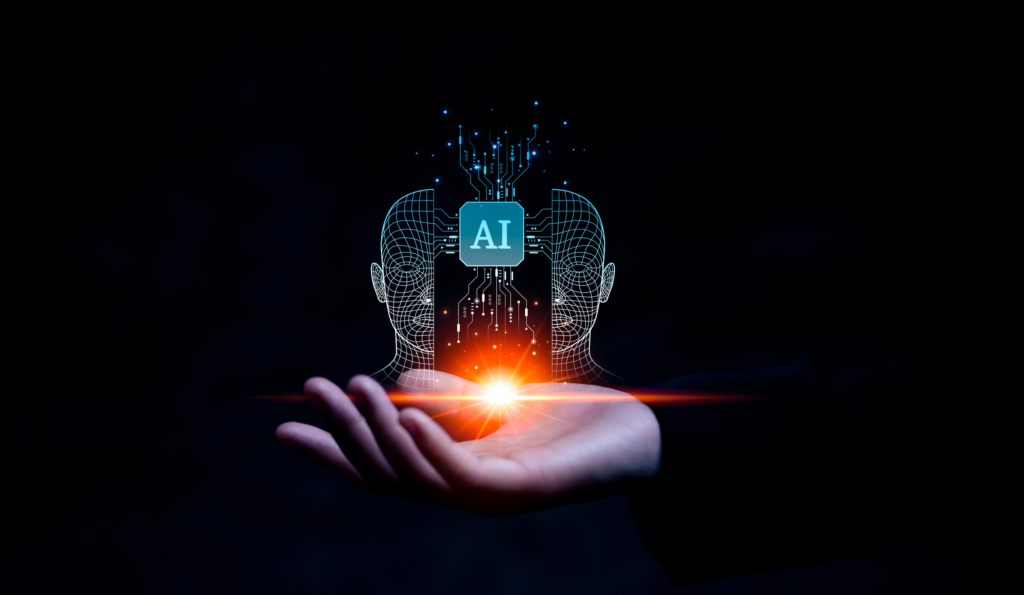Just as technology designed for high-performance race cars is put to work in the vehicles we drive every day, Dell Technologies is bringing the perspectives it gains designing data centers for the world’s most advanced AI companies to customers of all industries and sizes. Dell Technologies Chairman and CEO Michael Dell brought a packed house to Dell Technologies World in Las Vegas in May, embarking on a virtual road trip down “Dell Technologies Way” to connect the efforts of the world’s largest companies and its biggest thinkers through AI. “We just love customers who push our engineering and innovation to the edge,” Michael said, highlighting a large project that went “from a blank piece of paper to operational in weeks.” That project is a direct liquid-cooled data center design that includes 110,000 GPUs, 2,800 racks, and 27,000 miles of network cable, not to mention miles of water and cooling lines. Systems are being planned, Michael said, that will scale to 1 million GPUs. Like high-performance cars, massive “intelligence factories” for customers like xAI, CoreWeave, and ServiceNow are at the very leading edge. “These companies are in the business of pure intelligence,” Michael said. This isn’t the case for most customers. They’re solving problems in fields as different as disease prevention and manufacturing. They’re focused on making the customer and employee experience better, faster, and more secure. And they’d like to grow while they’re at it. “AI isn’t your product, but AI can power your purpose,” Michael said. “You don’t need your own (xAI) Colossus, but you do need AI. And we’re taking all the learnings from these massive systems to make AI easier for you.” Dell is certainly making AI easy for financial services giant JPMorganChase, whose Head of Global Technology Strategy Innovation and Partnerships, Larry Feinsmith, joined Michael on the main stage to detail the company’s AI journey and its impact on customers and employees. Dell makes all the components of modern architecture available in one place. The company is creating a future where intelligence amplifies human potential on a massive scale. Dell Technologies is pioneering the edge AI revolution, bringing real-time intelligence to wherever data lives. From AI PCs to small, domain-specific models running on the edge, to planetary-scale AI data centers, Dell has customers covered. It all starts with the PC. The cornerstone of personal productivity is being reinvented by AI, and as the installed base of about 1.5 billion PCs ages, it is being replaced with AI innovation. Michael said Dell is distancing itself from the competition through a simplified portfolio and the ability to choose the latest technology from NVIDIA, Intel, AMD, and Qualcomm. Powerful PCs push AI to the edge, where data is processed instantly, securely, and on-site, Michael said. This requires modern, disaggregated infrastructure that combines the flexibility of the three-tiered model with the simplicity of hyper-converged. These open, automated pools of compute, networking, and storage run any workload anywhere, Michael said. “In many ways, modern architecture is not a destination,” Michael said. “It’s a street of continuous innovation, and we’ve been walking this path for a long time.” Longtime customers like home improvement retailer Lowe’s know they can count on Dell as a trusted advisor, vital partner, and strategic collaborator. As customers rethink their business for AI, Dell is helping them with more than technology. It’s helping them reimagine how they create and capture value, Michael said. “We are entering the age of ubiquitous intelligence,” Michael said, “but it’s not here to replace humans. AI is a collaborator that frees your teams to do what they do best: to innovate, to imagine, and to solve the world’s toughest problems. And Dell infrastructure is the backbone, enabling enterprises to think faster, act smarter, and dream bigger.” Now, the company’s job is to make AI more accessible to the broadest range of customers possible, Michael said. More than 2,500 customers are running Dell AI Factories already, and Michael estimates the number of Dell AI Factory customers can grow to millions in the years ahead. “We are on the cusp of an intelligence explosion,” he said. About 85% of enterprises plan to move GenAI workloads on-premises in the next 24 months, he said. Soon, global investment in AI will exceed $1 trillion, and AI will add an estimated $15 trillion to global GDP by 2030. In the spirit of continuous innovation, Michael detailed the Dell AI Factory with NVIDIA 2.0, as well as Dell Managed Services for the Dell AI Factory with NVIDIA. He also introduced a recorded conversation between himself and NVIDIA CEO Jensen Huang. “This is a once-in-a-lifetime opportunity,” Huang said, “the biggest reinvention we’ve seen. You want to be an early adopter. You don’t want to be second. This is the time you want to be first.” Indeed, the world may be entering what Michael called “a golden hour of progress.” To make it as golden as it can be, though, requires AI to be developed with a strong commitment to the planet and future generations, he said. “For us to realize the possibilities of AI, we need to do it responsibly.” The infrastructure needed to run all this AI will burn a lot of energy, making renewable energy sources very important, Michael said. It’ll also mean Dell will focus on hyper-efficient data centers that take advantage of smart power management, optimized thermals, and liquid cooling. Dell software tracks and forecasts energy and emissions, and uses telemetry to automate power and thermal management. The company’s leading asset recovery programs make it easy for customers to retire older systems, an important consideration as 1.5 billion PCs are refreshed. “The superpower of AI is not just for the enterprise,” Michael said. “AI is for all of us. AI is for human progress, and it’s powerful whether it’s in the hands of a Fortune 50 CIO, or a dad.” Michael introduced a video featuring Adrian Mullan, an Australian dad whose dinner table conversation led to the development of Norby, an AI robot powered by Dell workstations and










